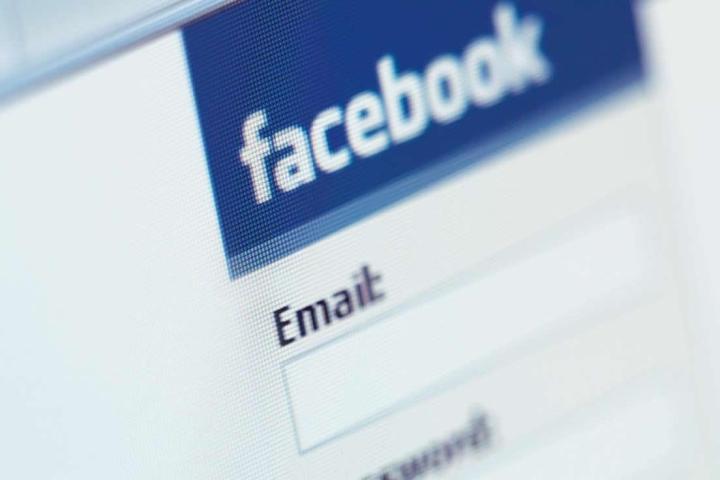
Detailed within a study released by the Pew Research Center’s Journalism Project earlier this week, three out of ten American adults get a portion of their daily news when browsing Facebook. In addition, more than three fourths of the respondents see news on Facebook when browsing their feed for other reasons and 22 percent believe that Facebook is a good place to read news each day. Interestingly, more than a third of respondents like a news organization or specific journalist on Facebook, thus social updates from those pages are laced into their news feed.
Not surprisingly, entertainment news was the most popular type of news that Facebook users like to read. Following closely behind, respondents like to read about local events, stories about sporting events, national news coverage and crime related stories. The least favorite news categories included international news, science or technology stories and business related coverage. In addition, respondents are heavily exposed to multiple types of stories as nearly half see stories on six or more topics each day.

Regarding increasing the visibility of stories on social media, half of the respondents have shared or reposted at least one news story on their Facebook feed. Approximately 46 percent have left a comment on a news story and less than 20 percents have posted photos or video of a news event.
When it comes to gender, the percentage of women that consume news on Facebook is much higher than men. Alternatively, men are more likely to read news stories posted on LinkedIn or YouTube. LinkedIn also reaches a much older demographic than the other social networks as well as a higher percentage of people that have received a bachelor’s degree. Regarding engagement, Facebook users typically spend less time on news sites, even less than search visitors referred from Google.
Editors' Recommendations
- Facebook reportedly suffers outage in parts of U.S.
- Facebook Dating launches in the U.S. and will link to Instagram


